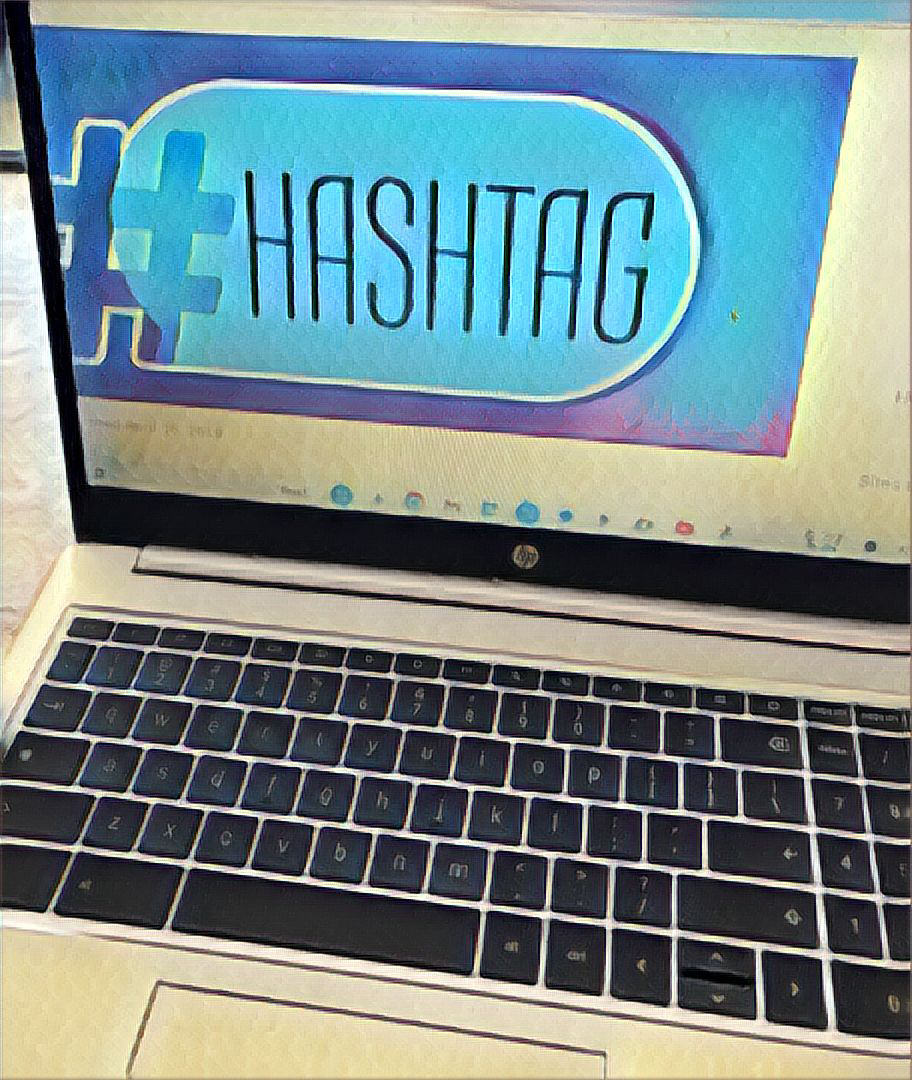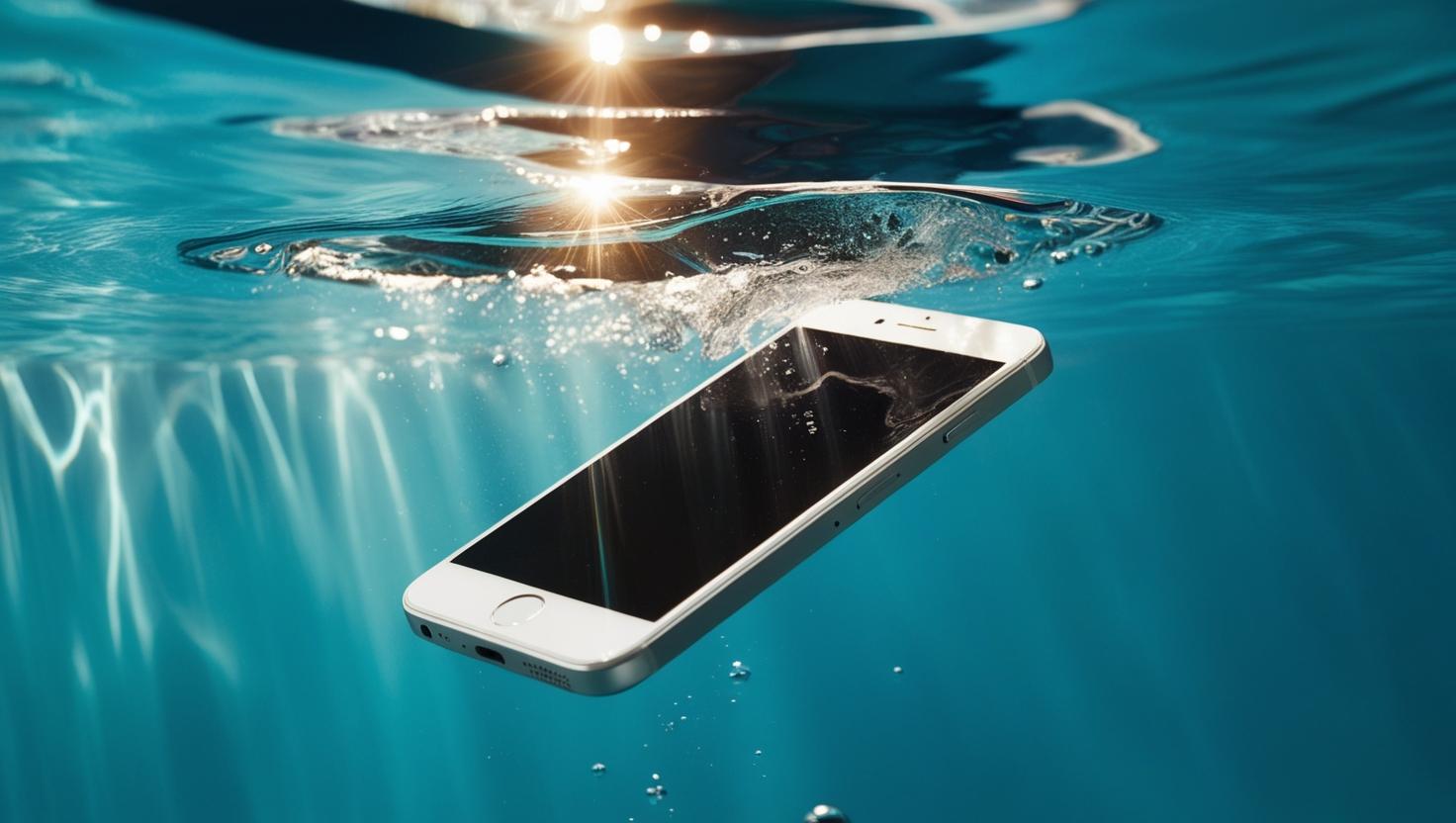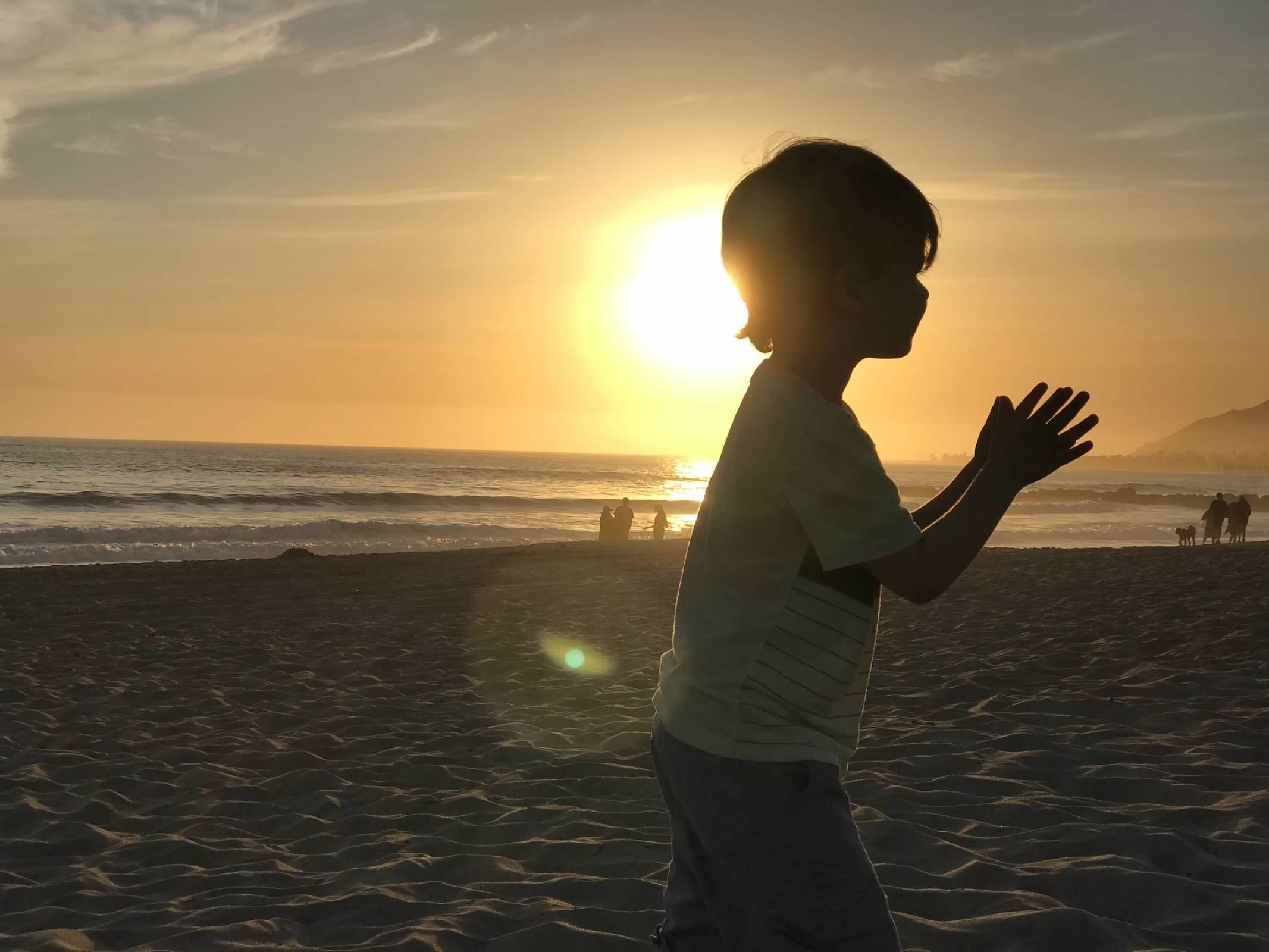You may be innocently trying to share cute photos of your kids with friends, family, or like-minded parents. However, some dangerous hashtags can leave your kids open to online predators.
Hashtags sort photos into categories. This is great if you want to see photos of #nature to calm your nerves, or #fashion to get some outfit inspiration, however, it’s also how predators find photos of your children to exploit.
Beware of online predators
By putting a hashtag on your child’s photo, it makes it accessible to a pedophile with one simple click. Pedophiles and predators need not spend hours searching for scantily-clad children, when they can click #nakedbabies, #toddlerbikinis, or #bathtimefun for thousands of photos. You may have created a unique hashtag for your specific child, but beware that if someone takes a liking to your kid, it becomes that much easier to find photos of #OliviaSway or #OurBrayden.
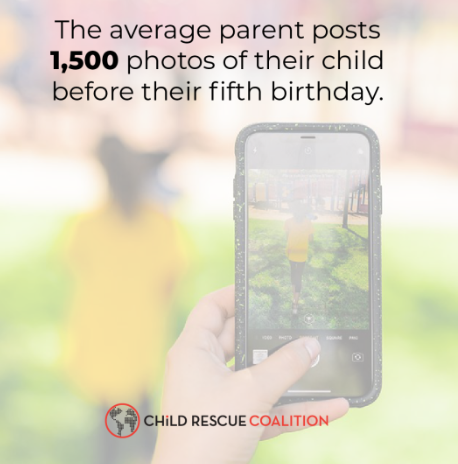
The Child Rescue Coalition offers a list of predator-attracting hashtags that you should avoid using. Please checkout their full list here. This is a short sample of hashtags that can draw unwanted attention to pictures of your children and family:
Dangerous hashtags to avoid using:
#childbath
#bathtimefun
#toddlerbath
#pottytrain
#nakedkids
#nakedbaby
#naptime
There are over 100 more to avoid that can be found at the Child Rescue Coalition.
And remember, you can always opt-out of having your child’s photo posted on school websites, school social media, summer camps, clubs, etc. For more info on opting out.
Hashtags can lead to offline danger too
When your posts have geographical tagging enabled, they can put children in physical danger of being found in the real world.
When you post a #FirstDayOfSchool picture with the school location enabled, the school signage in the background, or the school name on a uniform patch, your child can be easily located offline.
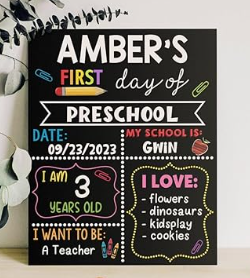
Hidden danger that some hashtags hide
Teens have always had slang that parents just “don’t get.” However, the hashtags your teen or tween uses online can be hidden clues to eating disorders, drug use, self harm, and bullying.
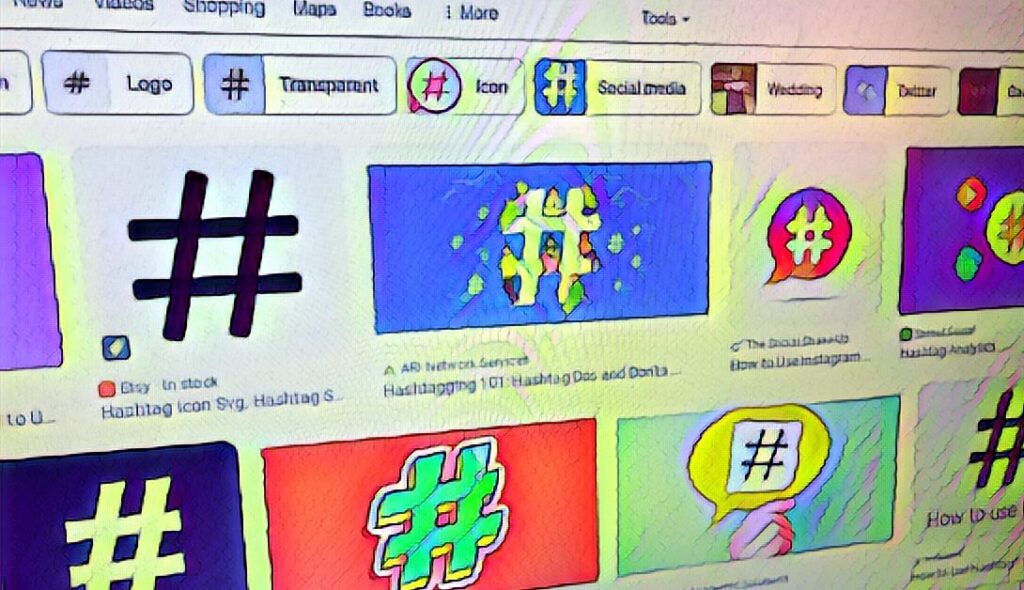
Dangerous eating disorder hashtags
There are certainly positive online communities for individuals who suffer from anorexia or bulimia. However, there are a number of dangerous hashtags in pro-eating disorder communities that promote unhealthy behaviors, bullying, and shaming. For example, the hashtag #ana stands for anorexia and #mia stands for bulimia. Those can seem very harmless to the unassuming parent. But, these hashtags may be a sign that your child is seeking out communities where people share tips for food restriction, excessive exercise, or how to hide evidence of eating disorders. Communities that promote disordered eating may also use hashtags like #proana or #promia.
Spinoff hashtags like #meanspo, use cruel comments to “inspire” weight loss, such as calling others in the community fat, gross, etc. Users believe that insults will somehow inspire the recipients to engage in further unhealthy means of weight loss. Conversely, there is #sweetspo, which uses kind words to inspire unhealthy behavior.
Parents should be aware that children reading or using these hashtags may be absorbing very harmful information. At worst, they could be struggling with a disorder. If you feel you or your child needs help, some resources include National Eating Disorders Association, The National Institute of Mental Health, and your pediatrician.
Self harm hashtags
Like other problematic hashtags, parents should be aware of those associated with self harm and suicide. At-risk teens can be influenced by images of self harm which may inspire them to act on dangerous impulses. WebWatcher states “Some of the hashtags related to self-harm or suicide include #sue (for suicide) #deb (for depression) and #cuts (for cutting or self-harm). You may also see the hashtag #svv, which stands for the German phrase “selbstverletzendes verhalten” which refers to voluntary self-injurious behavior, or #secretsociety123, which denotes a community for people who engage in non-suicidal self-harm.”
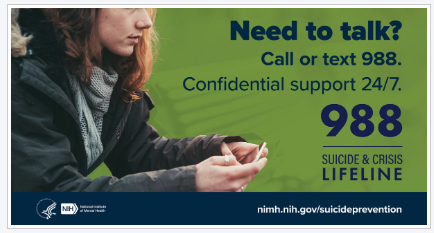
Suicide and Crisis Lifeline: People can call or text 988 or chat 988lifeline.org for themselves or if they are worried about a loved one who may need crisis support. No matter where you live in the United States, you can reach a trained crisis counselor who can help.
More resources are at American Foundation for Suicide Prevention.
What should you do about dangerous hashtags?
You’re obviously not thinking about harm when you post a cute picture of your child to social media. However, as the internet has evolved, it has become a problematic place.
Before posting your child’s photo, ask yourself:
- Why am I sharing this?
- Would I want this photo to potentially get in the possession of predators?
- Do I want this to be part of my child’s permanent digital footprint?
- Would I want someone to share an image like this of me?
- Could I get a safer outcome by texting it to a few select friends and family instead of posting to social media?
- Why am I attaching a hashtag to this image?
Keep in mind that your child could grow to be quite embarrassed by the photos you posted of them as children. Take a moment to think before you post. Better yet, ask your child’s permission before posting his or her image. Use this as a teachable moment to inform your children that online content can be shared to anyone or by anyone, and is impossible to delete. (Even if you delete a photo a few minutes after posting, someone else may have already taken a screen shot.) Make sure that your accounts are set to private, and minimize use of dangerous hashtags.
Just a few moments of thought can make a lasting difference! You’ve got this!
Other great info!
Counselor, Tessa Stuckey of Project LookUp has amazing suggestions for suicide prevention
The Anxious Generation by Jonathan Haidt is your best resource on kids, tech, and play
How to use screens less this summer!

